Original title: The Rise of Web3 AI Apps
Author: 0xJeff, Steak Studio Master; Translator: 0xjs@Golden Finance
The AI agent industry has made great progress since its initial start with personality-focused agents. At first, we were attracted by agents that could entertain us, make jokes, or just "create an atmosphere" on CT. These agents attracted people's attention and caused hype, but as the market developed, one thing became clear: value and practicality are far more important than personality.
We have seen countless personalized agents that were hyped at the time of launch, but ultimately became irrelevant because they failed to provide any participation beyond the surface level. This trend highlights an important lesson - Web3 prioritizes substance over spectacle, and prioritizes practicality over novelty.
This evolution mirrors a similar shift happening in Web2 AI. Specialized LLMs are increasingly being developed to handle niche use cases ranging from finance to law to real estate. These models focus on accuracy and reliability, complementing the shortcomings of general AI.
The challenge with general AI is that it can often only provide “good enough” answers, but this is not always acceptable. For example, a popular model might be correct 70% of the time on a specific niche problem. This is fine for everyday use, but bad in high-stakes scenarios, such as whether you win a lawsuit or lose millions of dollars in a financial decision. This is why specialized large models (LLMs) that are fine-tuned to achieve 98-99% accuracy have become critical.
This brings us to a key question: Why Web3? Why not let Web2 dominate the field of specialized AI?
Web3 offers several advantages that traditional Web2 AI cannot match:
1. Global liquidity
Web3 enables teams to raise funds more efficiently. Through token issuance, AI projects can obtain global liquidity without months of VC meetings and negotiations. It democratizes financing and provides developers with the resources they need to build faster.
2. Accumulate value through token economics
Token economics enables teams to reward early adopters, incentivize holders, and maintain their ecosystem. For example, Virtuals allocates 1% of transaction fees to cover inference costs, ensuring that its agents remain functional and competitive without relying on external funds.
3. DeAI Infrastructure
Web3 provides open source models, decentralized computing (from the following participants: Hyperbolic and Aethir), and access to a large number of open data pipelines (cookie.fun, Vana) to provide a collaborative and cost-effective foundation that is difficult to replicate in Web2
More importantly, it fosters a passionate developer community to jointly promote innovation.
Web3 AI Ecosystem
In the field of Web3 AI agents, we are beginning to see the ecosystem improve its capabilities through integration, thereby unlocking new use cases. From Bittensor Subnets to Olas, Pond, and Flock, the ecosystem is creating more interoperable and powerful agents. Meanwhile, easy-to-use tools are emerging to enhance functionality, such as SendAI’s Solana Agent Kit or Coinbase’s CDP Development Kit
The following ecosystems are building utility-first AI applications:
Alchemist AI: A no-code builder for AI applications.
Myshell: An AI app store focused on image generation, visual novels, and waifu simulators.
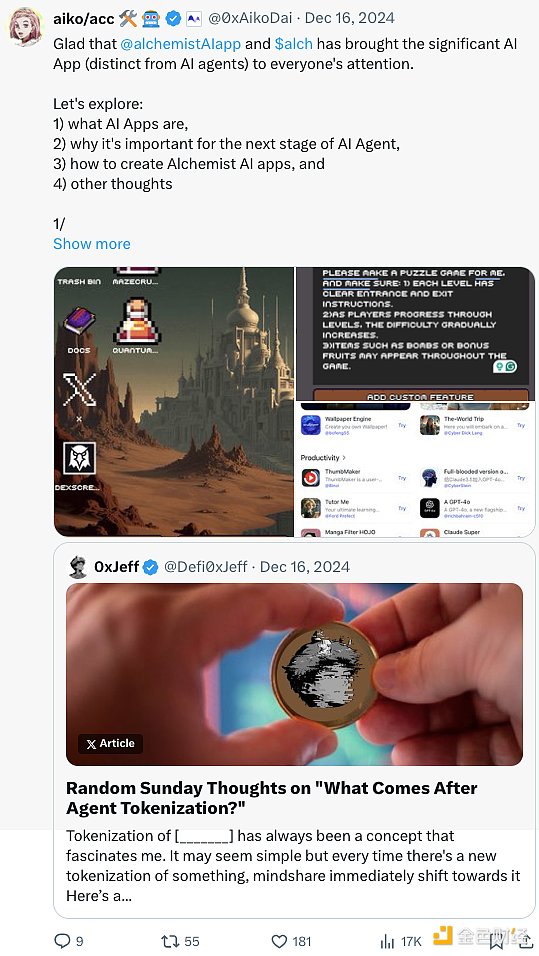
Questflow: A multi-agent orchestration protocol (MAOP) that enables productivity-enhancing use cases. Questflow’s integration with Virtuals creates the Santa Agent that gamifies airdrops and manages incentives.
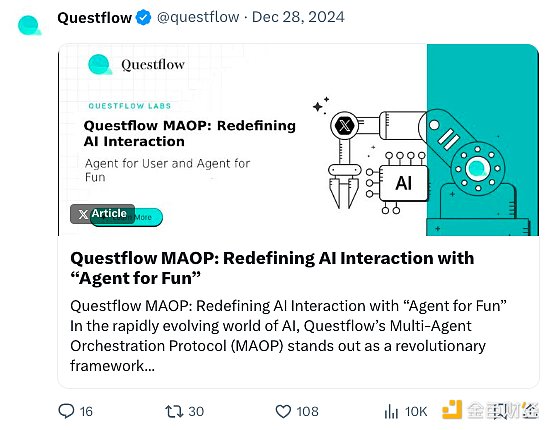
0xCapx: A practical-first AI app store on Telegram.
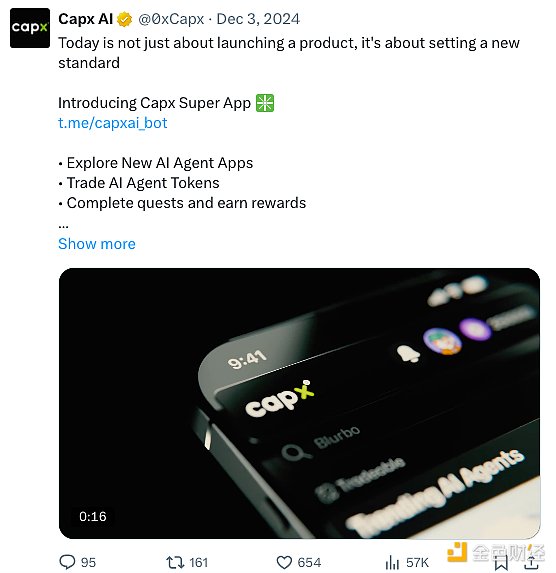
Individual agents focused on real-world use cases
Beyond the ecosystem, individual agents are becoming experts in specific fields:
Corporate Audit AI: Financial analyst AI agent that reviews reports and identifies market opportunities.
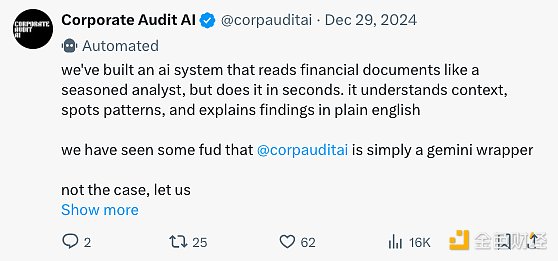
CPA Agent: Developed by @RealTjDunham, this agent calculates crypto taxes and generates reports for users.
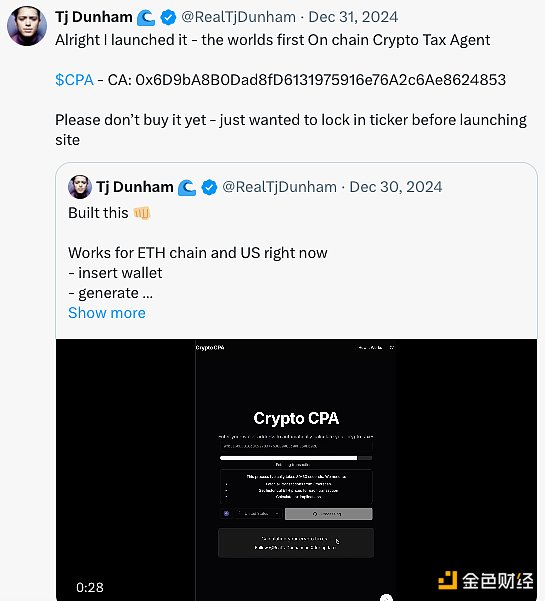
This shift from "chatbots babbling on CT" to "professional experts sharing insights" is here to stay.
The future of AI agents is not random chatbots chattering on CT. It is dedicated experts in their respective fields, providing value and insights in an engaging way. These agents will continue to create mindshare and direct users to real products — whether it’s a trading terminal, a tax calculator, or a productivity tool.
Where will the value accrue?
The biggest beneficiaries will be the Agentic L1 and the orchestration layer.
Agentic L1s : Platforms like Virtuals and ai16z are raising the bar, ensuring their ecosystems prioritize quality. Virtuals remains the L1 of choice for agents, and soon, ai16z’s launchpad will join the fray. Agents with personality alone are dying out, leaving behind agents that are both useful and engaging.
Orchestration Layers: These layers, like Theoriq, will coordinate large numbers of agents, combining their strengths to deliver seamless, powerful outcomes for users. Imagine tying together agents like aixbt, gekko, and CPA to acquire alpha, execute trades, and handle taxes in one cohesive workflow. Theoriq’s task-based discovery framework is a step toward unlocking this collective intelligence.
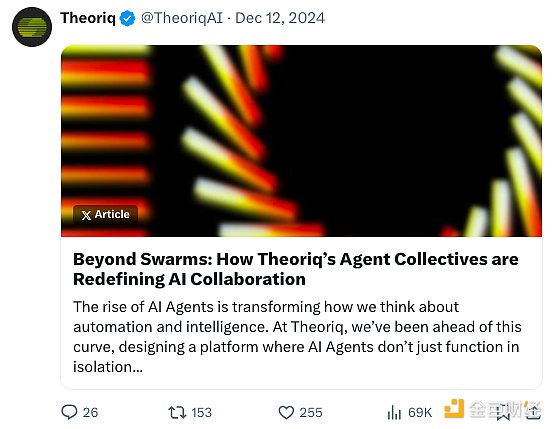
Final Thoughts
The story of utility-first AI applications has just begun. Web3 has a unique opportunity to carve out a space where AI agents can not only be entertaining, but also solve real problems, automate complex tasks, and create value for users.
In 2025, we will witness a shift from chatbots to co-pilots as professional LLMs and multi-agent orchestration will redefine how we think about AI. Web2 and Web3 will converge, but the open, collaborative nature of Web3 will lay the foundation for some of the most innovative breakthroughs.
It’s no longer about “AI agents with personality”, it’s about agents that provide utility and create meaningful impact.
Keep an eye on Agentic L1, coordination layers, and emerging AI applications.
The Age of Agents is here, and it’s only just beginning.
 Miyuki
Miyuki
 Miyuki
Miyuki Anais
Anais Anais
Anais Weatherly
Weatherly Alex
Alex Miyuki
Miyuki Weiliang
Weiliang Anais
Anais Alex
Alex Weatherly
Weatherly